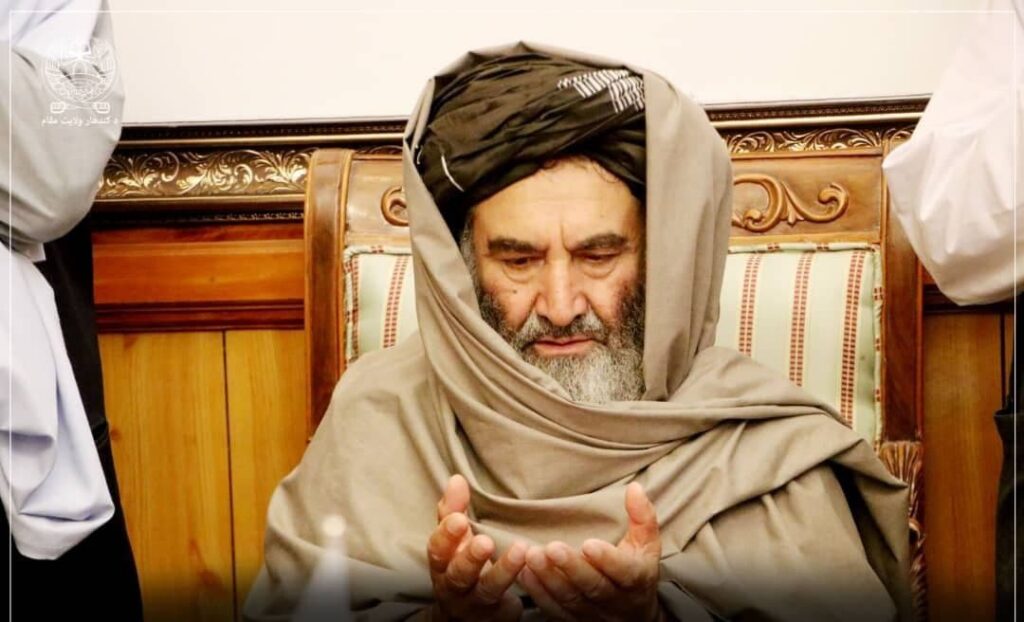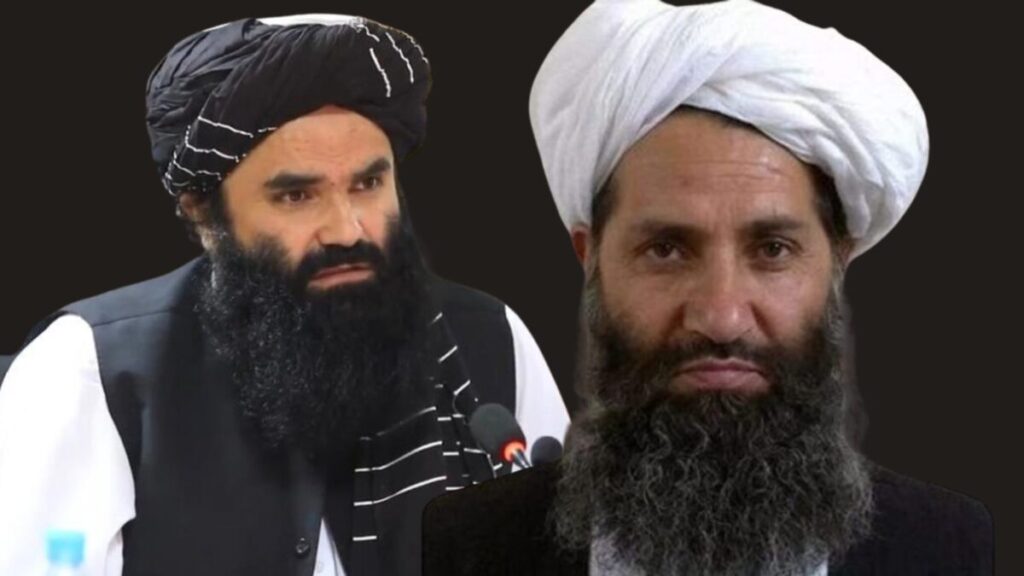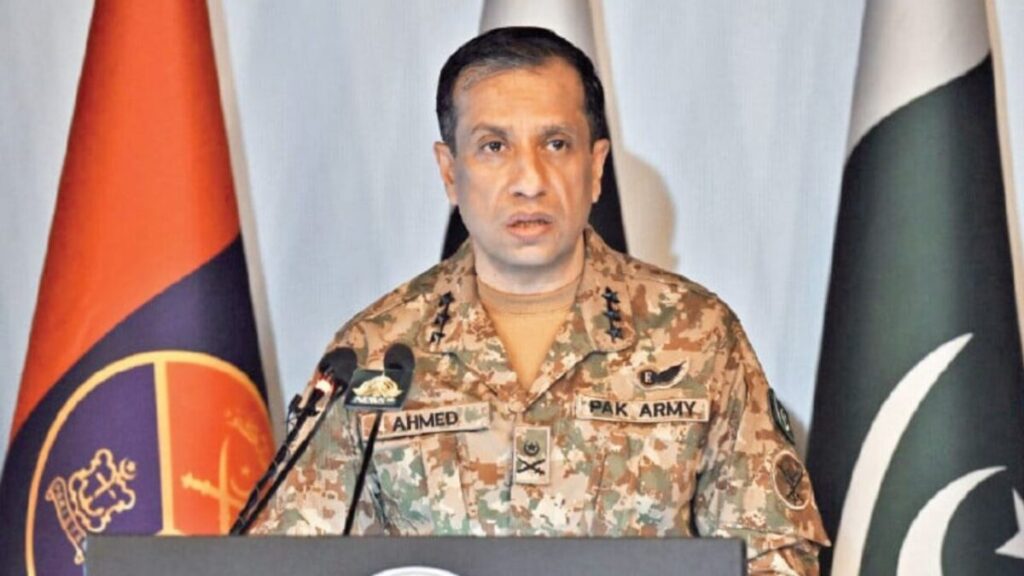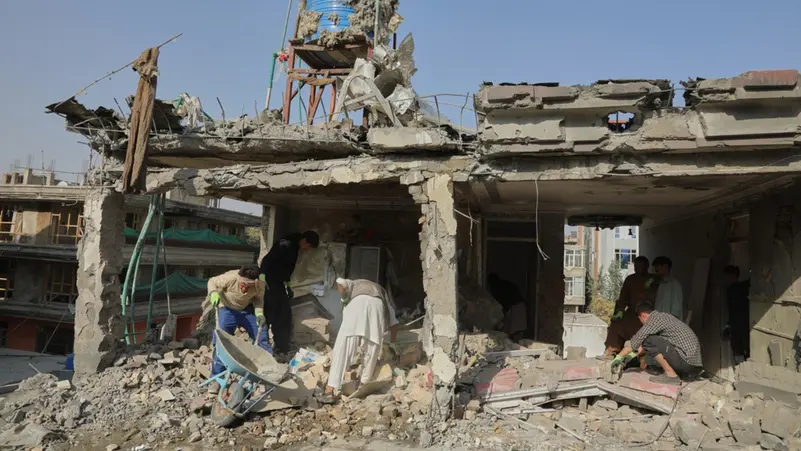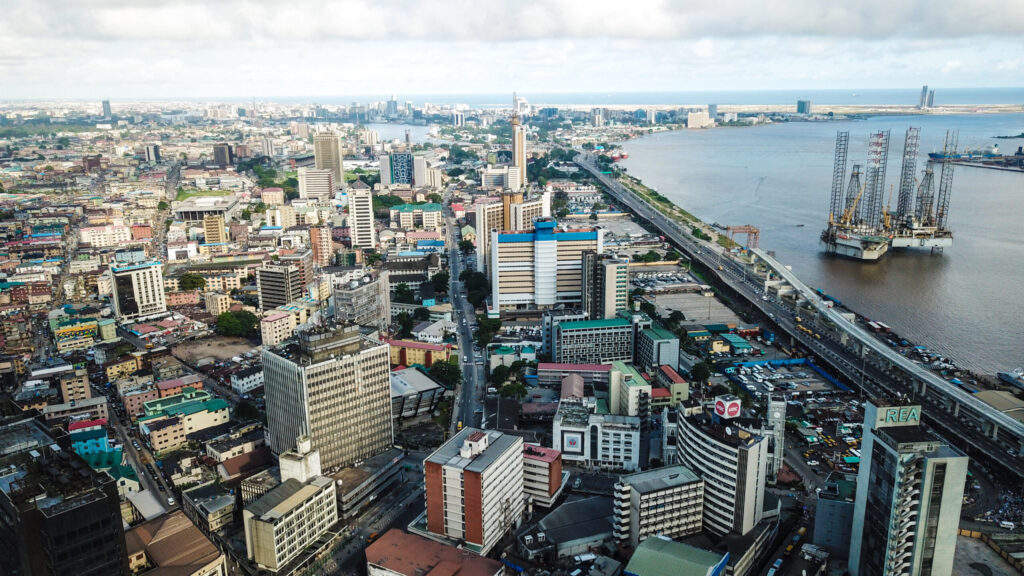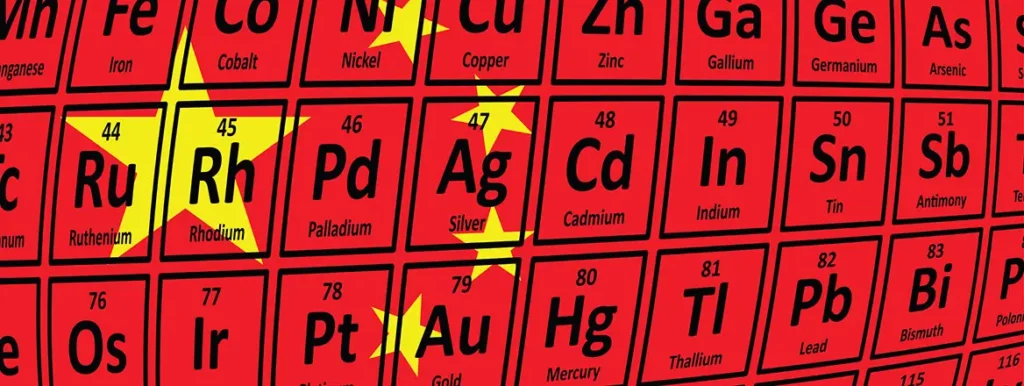The Great Betrayal: The Colonisation of Bharat by India
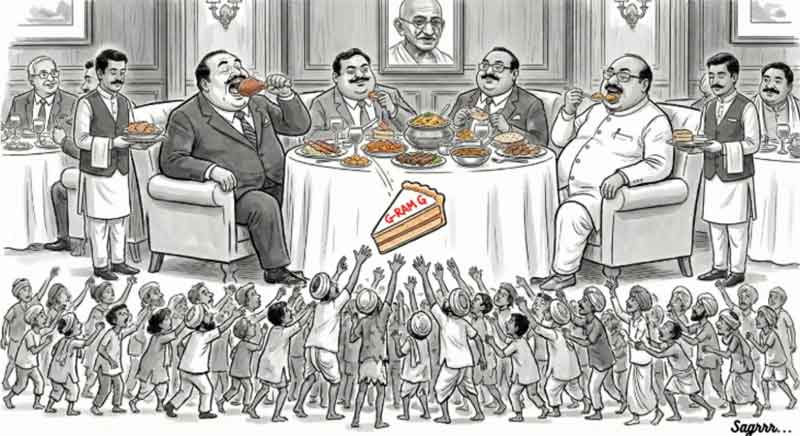
It is a long, tongue-twister of a name for a government scheme – ‘Viksit Bharat—Guarantee for Rozgar and Ajeevika Mission (Gramin)’. It is even more torturous to read if you are not a Hindi speaker.
This is the name of the new scheme, which will replace the two decade old Mahatma Gandhi National Rural Employment Guarantee Act or MNREGA. Claimed to be an improvement over its predecessor, it is in fact a calculated dilution of the most critical lifeline for India’s rural poor

